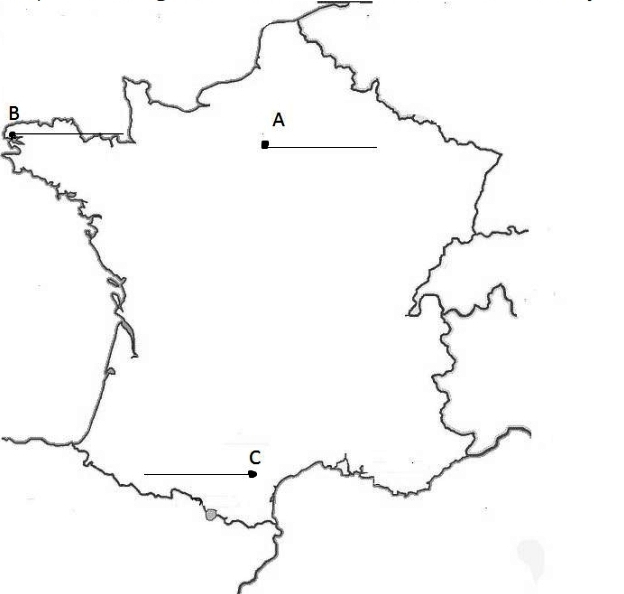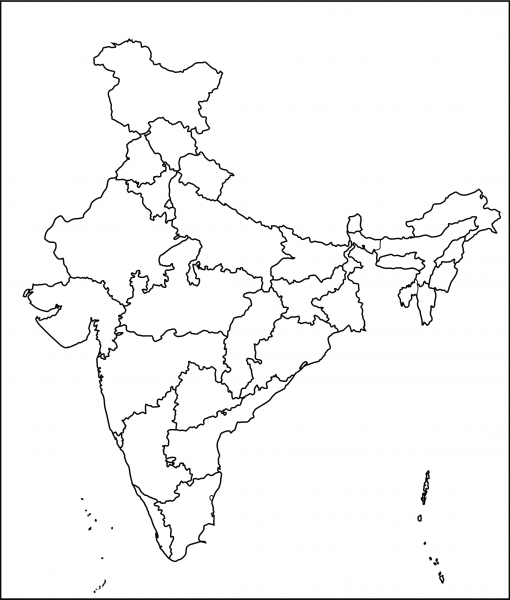Class IX: Social Science: SA-I: Practice Paper
1. What do you understand by the term Old Regime? (1)
2 Which is the highest mountain peak of peninsular India? (1)
3 Which type of drainage pattern does an area have where hard and soft rocks exist parallel to each other? (1)
4 Which longitude is considered to be the standard meridian for Indian Standard time? (1)
5 When did the Constituent Assembly adopt the Constitution of India? (1)
6 Which was the only country till 1900 having voting right for every adult? (1)
7 What is the name given to the Parliament in China? (1)
8 What was the expenditure percentage of GDP in 1951-52 on education? (1)
9 Describe the events of 14th July 1789. (3)
10(a) What was the impact of Russian Revolution on the world? (3)
OR
10(b) Describe three problems faced by the Weimar Republic soon after its Birth.
11(a) Explain the consequences of the 1905 Revolution in Russia. (3)
OR
11(b) Explain any three methods adopted by Hitler for educating German youth in the spirit of National Socialism.
12 State the latitudinal and longitudinal extent of India's mainland. What is the Latitude of Tropic of Cancer? (3)
13 'Rivers have been of fundamental importance throughout the human history.' Justify these three points. (3)
14 Describe any three features of Shivalik range. (3)
15 Which three river systems form the Northern Plains of India? Mention main features of each. (3)
16 Mention the steps taken to curtail the power and popularity of solidarity. (3)
17 "The preamble of Indian constitution provides a Philosophy and Values of constitution." Explain any three values that you derive from it. (3)
18 "Democracy is considered the best form of government and is clearly better than any other alternative". Mention three relevant points to show what it offers. (3)
19 State the importance of growing more than one crop on a piece of land. (3)
20 Define Production. Explain the role of labour in production. (3)
21 Who constituted the middle class in French Society? How did they participate in the French Re Describe? (5)
22(a) Relate the changes which followed October Revolution in Russia. (5)
OR
22(b) Explain briefly five incidents that led to Hitler‟s Rise to Power.
23 Describe any five points of significance of Himalayas. (5)
24 Describe the struggle of the South Africa people against Apartheid. (5)
25 Define Democracy and explain its four major features. (5)
26 Describe the employment scenario in the three sectors of the economy in India in recent years. (5)
27 How are the farmers in the village Palampur able to grow more crops from the same land? Explain in five points. (5)
28 Describe five unfavourable effects of population growth in a country like India. (5)
29 Three items A, B and C are shown in the given outline map of France. Identify these items with the help of following information and write their correct names on the lines marked on the map. (3)
(A) Court at the immense palace
(B) Region not affected by the Great Fear
(C) Region of Southern France was not affected by the Great Fear

30 On the given political outline map of India, locate and label the following with appropriate symbols. (3)
(X) A Northern state which shares its boundary with China and Nepal both
(Y) Lakshdweep Islands
(Z) Kolleru Lake.

-----x-----X-----x-----


_3_o.jpg)